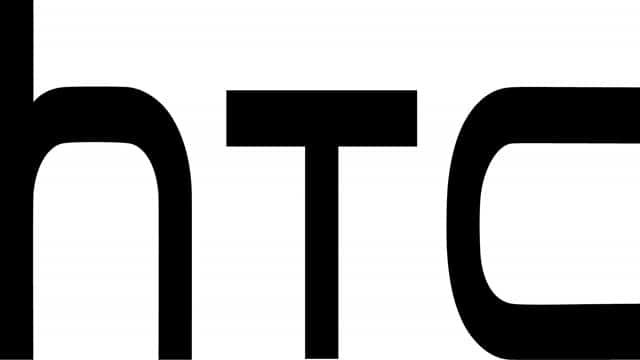
The news broke recently that HTC had seen a 79 percent drop in profits since last year. The struggling Taiwanese phone manufacturer just can’t seem to catch a break. No matter what it tries or what promises its CEO makes, nothing seems to be helping. Its profits have been in a downhill slide for years now. Above else, a company has to be profitable if they want to keep going. Anything short of that is the end. That’s just how business works.
How did this happen? How did the company that was named Device Manufacturer of the Year by the GSM Association slip to such a poor state of affairs? While we can’t point to any one thing, in particular, we can look at how a confluence of larger forces and poor decisions from inside the company has combined to create the current troubles. Right now, no one wants to be HTC.
HTC Struggling to Survive- Look at the Past and the Present
The Good Times
The days when Gingerbread was everywhere were good times for HTC. They sold a lot of phones. From Wikipedia:
In June 2010, the company launched the HTC Evo 4G, the first 4G-capable phone in the United States. In July 2010, HTC announced it would begin selling smartphones in China under its own brand name in a partnership with China Mobile. In 2010, HTC sold over 24.6 million handsets, up 111% over 2009.
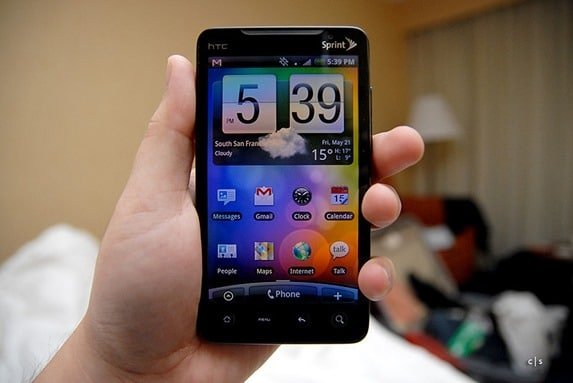
2011 was another great year for the Taiwanese company. It held the largest smartphone market share in the lucrative United States market with 24 percent. It was actually ahead of Samsung (21 percent) and Apple (20 percent).
HTC was valued at $3.6 billion in 2011 by the Best Global Brands rankings. It was everywhere.
Non-Sense
But, if one thing remains constant in mobile, it’s that absolutely nothing is constant in mobile. By February 2013, their market share had dropped to 9.3 percent. The good times were over.
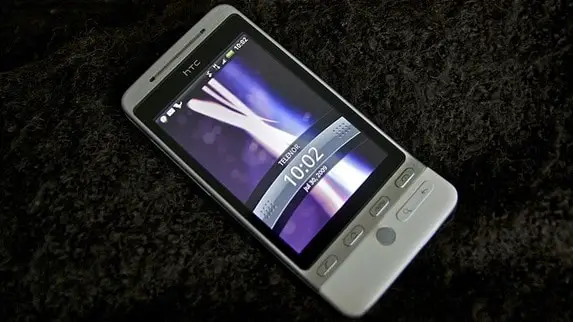
What happened?
A couple things. First, HTC saturated the market with way too many terrible phones.
In the span of just three years, they released the Desire, Droid Incredible, Legend, Wildfire, myTouch 3G Slide, Aria, Evo 4G, Desire HD, Desire Z (aka the T-Mobile G2), Panache (aka the T-Mobile myTouch 4G), Gratia, Inspire 4G, ThunderBolt, Evo Shift 4G, Incredible S, Wildfire S, Droid Incredible 2, Nexus One, Merge, Sensation, ChaCha, Salsa, Evo 3D (the 3D didn’t work), myTouch 4G Slide, Evo 4G+, Raider 4G (aka the Vivid 4G and Velocity 4G), Rhyme, Evo Design 4G, Hero S, Amaze 4G, Explorer, Sensation XE, Sensation XL, Rezound, One X, One XL, One S, One V, Evo 4G LTE, J, Desire C, Droid Incredible 4G LTE, Desire V, Desire X, and J Butterfly.
It glutted the market with so many phones that it became hard for consumers to tell what was good (the Nexus One) and what wasn’t (the ThunderBolt).
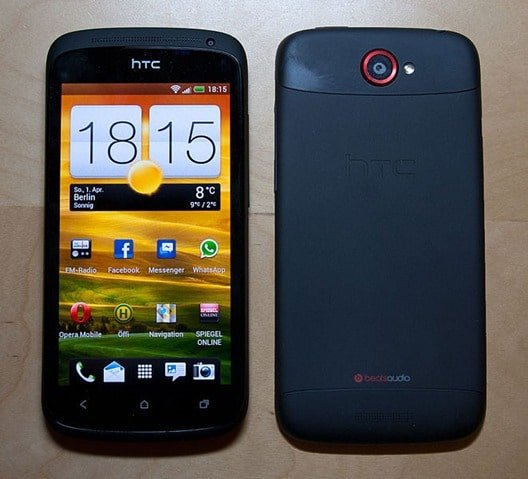
HTC realized this around early 2012 and tried to simplify things down with three models of phone. In order of descending power, they were: One X, One S, and One V. However, it couldn’t even stick to that and released the One XL and Evo 4G LTE, a rebranded One X.
The company also burned bridges with its cavalier attitude toward updates. HTC has a nasty habit of abandoning support for phones after a short amount of time. Just look at One S, a mid-range device that got left behind after just 15 months.
Nothing captures this better than the ThunderBolt incident. The phone was launched in March 2011 to great anticipation. It was the first device to come with access to Verizon’s LTE network. People were excited.
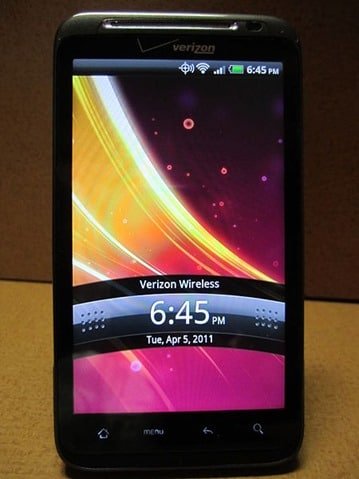
The early adopters didn’t count on HTC dragging its feet at every step along the way. The ThunderBolt got Gingerbread in late 2011, months after its announcement. It didn’t get Ice Cream Sandwich until February 2013, well after the release of 4.2 Jelly Bean.
One of the reasons why it takes HTC so long to update its phones is because of the high level of modifications it adds to stock Android. Each device runs Sense, its first-party custom skin. Pushing updates to its devices takes longer because each update has to be rewritten for the skin.
To make matters worse, Sense-ified Android was atrocious. Remember all those Gingerbread phones? Most of them didn’t have the hardware to handle the extra load from Sense. The skin slowed down the phone and mired users in a hell of launcher redraw and unnecessary modifications.
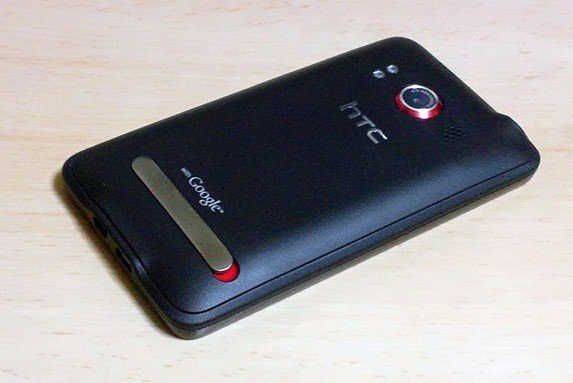
We can personally attest to this. Our first Android phone was an Evo 4G running Gingerbread underneath Sense 3. Using it was laggy and frustrating. HTC’s “helpful” additions made the whole experience much worse.
All this left a bad taste in the mouths of consumers. HTC phones became emblematic of everything that was wrong with Android- buggy, slow, fragmented, heavily skinned and stranded without updates.
One reason Android enthusiasts extol the virtues of custom ROMs so much is because they remember the days when you had to flash one just to get your phone to run competently or because HTC had abandoned it.
Everyone Else
HTC also failed to keep up with its competition. Samsung and Apple have made huge strides in recent years, taking up most of the market share in the United States and worldwide.
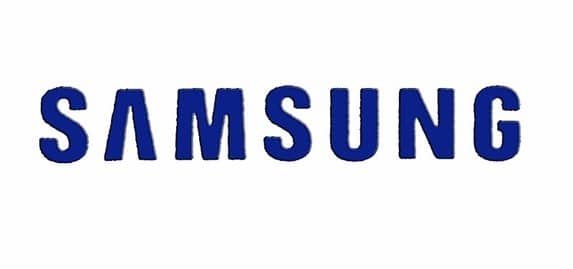
On one end, Samsung has been kicking ass. The last two Galaxy S flagships have earned a lot of positive press for being powerful, cheap, and available on almost every carrier. Ditto for the groundbreaking Galaxy Notes.
The Korean company also threw more money at marketing than anyone else. According to one analyst, it spent $9.3 billion on marketing and advertising. That’s 19 times more than HTC.
Apple hasn’t been idle either. It’s turned in the iPhone 4, 4S, and 5, three superb renditions of a great phone. 2011 marked the end of its exclusivity deal with AT&T, allowing Cupertino to spread its products to as many carriers as possible.

The triple punch of increased availability, solid products (especially the iPhone 4, which was amazing for its time), and Apple’s usual appeal proved effective. Widespread sales and wide profit margins rocketed Cupertino past a struggling HTC.
Recovery
So where does HTC go from here?
The company has the right idea with their latest phone. Instead of trying the shotgun-blast approach from past years, it has put all its weight behind the One. This is the way to do it- one major flagship, one point of marketing, one device to compete with the iPhone and Galaxy S4.
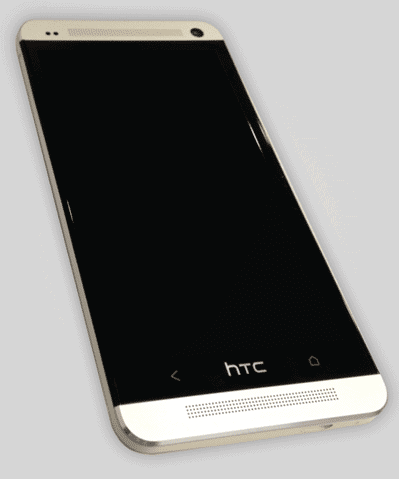
By all accounts, the HTC One is a good phone. Most reviews we’ve seen have praised its hardware and acknowledged that Sense has finally matured to the point of being acceptable.
The company needs to start making amends for its past as well. That means updates. 15 months is an unacceptable amount of time to support a phone. Abandoning phones just makes users angry.
HTC could use some better marketing while they’re at it. The One is supposed to be a good phone. People just need the chance to try it. Maybe, just maybe, it could help.







